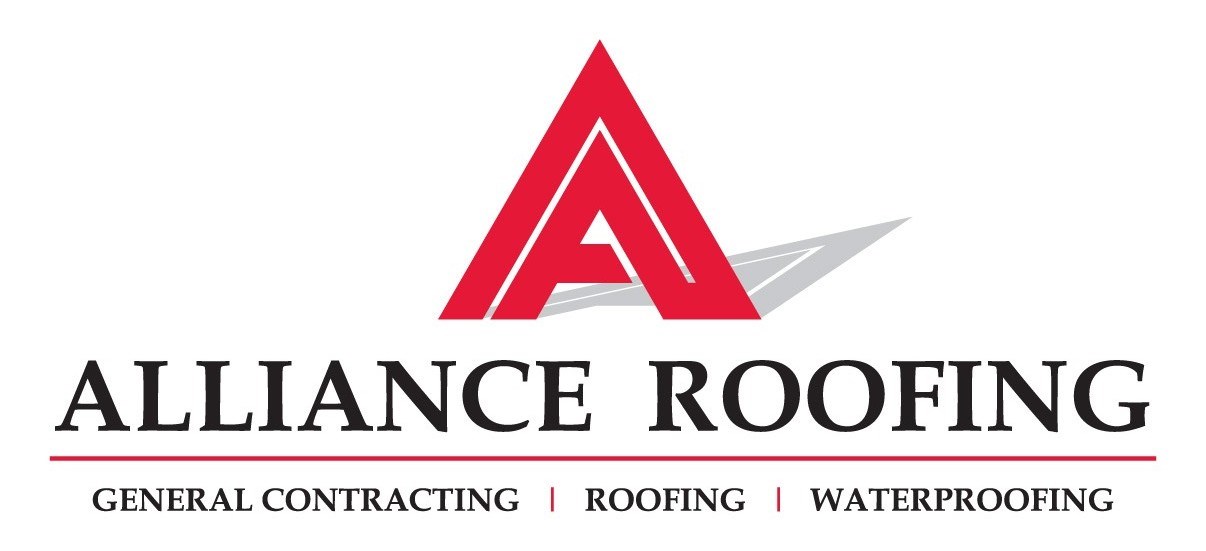Below-Grade Waterproofing
For leaking structures that lie below the surface of the ground (parking garages, basements, tunnels, elevator pits) we offer our injection package. Alliance’s solution will eliminate water intrusion for compromised, below-grade waterproofing systems. Call today for an evaluation and proposal.
Positive‐side waterproofing
Positive‐side waterproofing is installed during new construction on the exterior of the new structure or after removing the overburden for an existing one. It requires access to the outside face of the structure—when this is impossible, blind‐ or negative‐side techniques are often necessary. Positive‐side waterproofing can be seen as the least problematic and most successful method because, when installed and designed correctly, the water pressure forces it to work. The design team has the ability to inspect all the lap joints and defects in the membrane with full visibility. However, the major disadvantage with positive‐side waterproofing is when there are leaks due to faulty installation or building movement, repairs can only be made through excavation or negative‐side waterproofing techniques. [1]
Negative‐side waterproofing
Negative‐side waterproofing is typically applied on existing construction in remedial applications when exterior access is unfeasible. This approach only protects inner surfaces. Generally, negative‐side waterproofing is used more for problem‐solving than problem prevention. It is not as effective as positive‐side waterproofing because structures are subject to movement and cracking. When this happens subsequent to the initial installation, additional applications of negative‐side products may be needed to close up the new gaps. However, ease of application often makes this type of waterproofing the preferred choice when exterior or positive‐side techniques are not options. [1]
[1] Specifying Below‐Grade Waterproofing, The Construction Specifier, October 2005 http://www.galeassociates.org/
